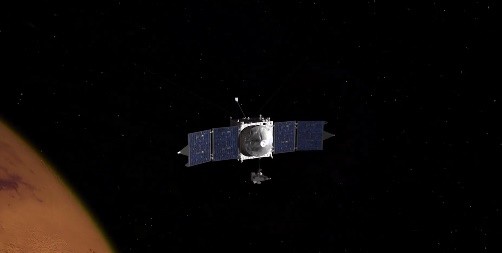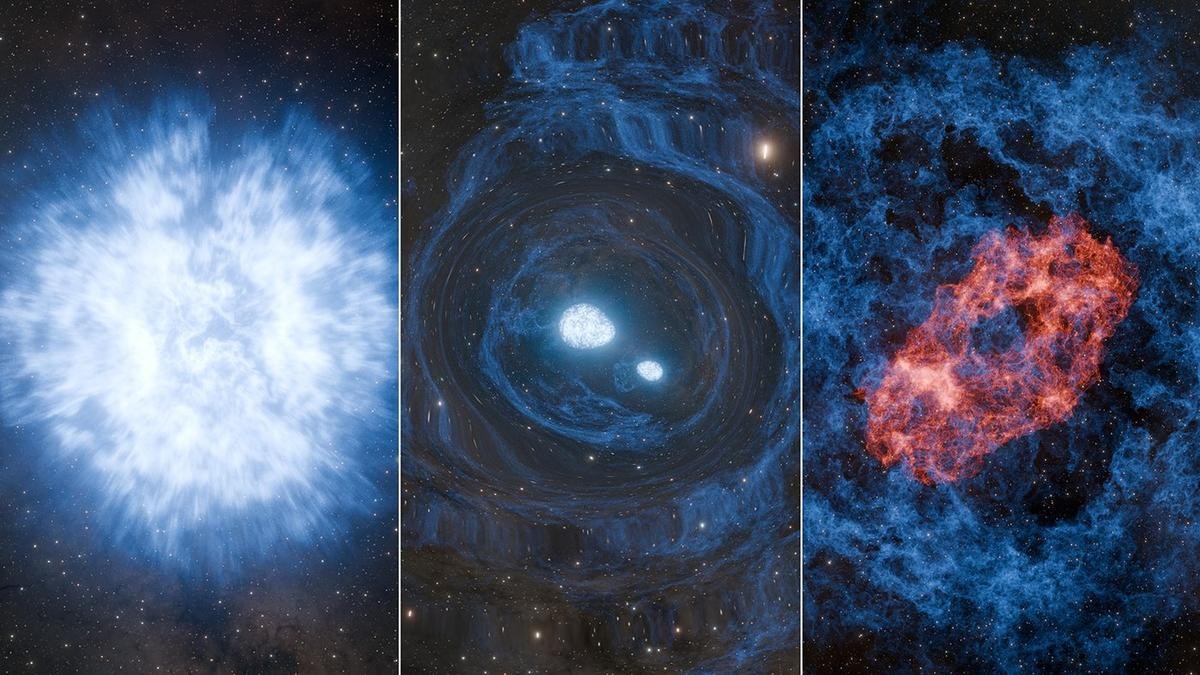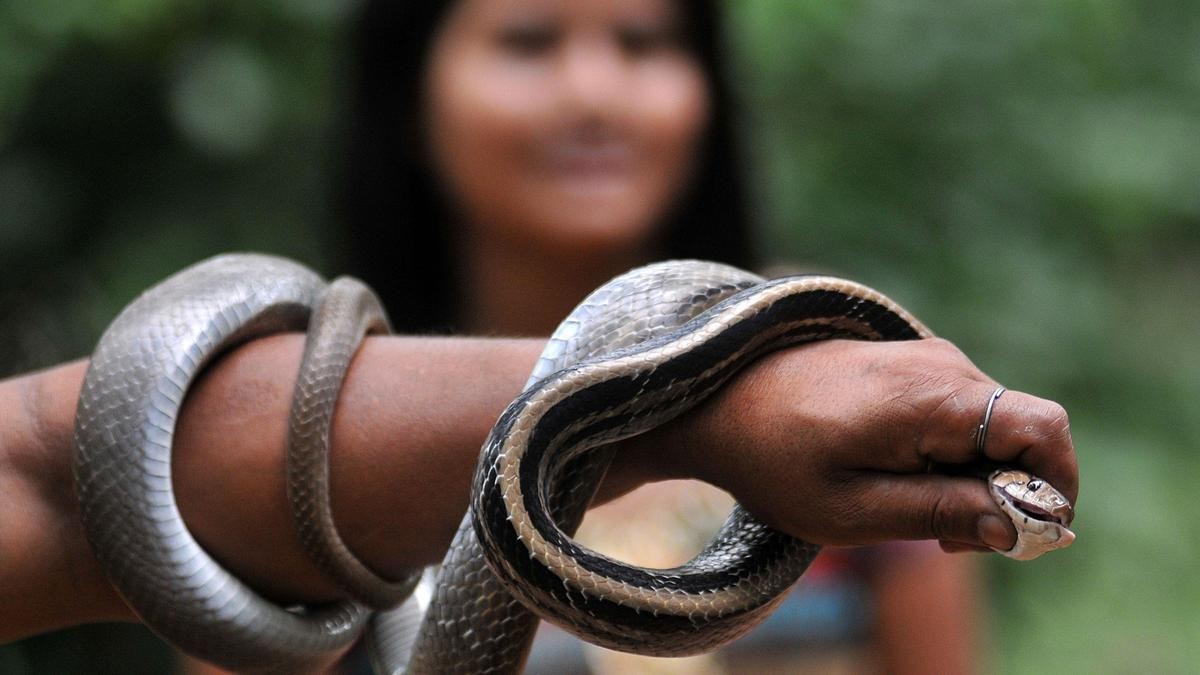



Jinchuanloong niedu, a newly discovered Middle Jurassic eusauropod from China’s Lower Xinhe Formation, offers insights into dinosaur evolution. Its well-preserved skull and vertebrae reveal adaptations post-Jurassic extinction. Found in lacustrine deposits with tuffaceous layers, it highlights a freshwater habitat with volcanic activity, aiding fossil preservation 165 million years ago.

Copyright infringement not intended
Picture Courtesy: SCI.NEWS
A newly discovered Middle Jurassic sauropod, Jinchuanloong niedu, offers fresh insights into early dinosaur evolution.
It is a long-necked, strictly herbivorous, quadrupedal dinosaurs called Eusauropoda.
The Jurassic global warming event caused a major extinction among herbivorous dinosaurs, eliminating many primitive sauropod lineages. Only the eusauropods survived this crisis, later diversifying and becoming the dominant large herbivores of the Middle and Late Jurassic periods.
|
Dinosauria => Extinct archosaurian reptiles with specific hip and limb adaptations. Sauropodomorpha => Long-necked herbivorous dinosaurs Eusauropoda => Advanced sauropods that survived the Early Jurassic extinction event Jinchuanloong niedu => Newly discovered non-neosauropod eusauropod |
Comparison with Contemporary Dinosaurs
Location => Lower Xinhe Formation, near Jinchang city, Gansu Province, Northwestern China.
Fossil Preservation => Nearly complete skull with mandible, 5 cervical vertebrae, and 29 articulated caudal vertebrae, which is exceptionally rare among non-neosauropod eusauropods due to the fragile nature of these structures.
The discovery provides crucial evidence for understanding the evolutionary transition that occurred during the Early to Middle Jurassic period (Late Bathonian stage, 165 million years ago).
The presence of lacustrine deposits suggests that Jinchuanloong niedu lived in an environment with freshwater bodies.
The tuffaceous layers indicate periodic volcanic activity in the region, which may have contributed to the excellent preservation of the fossil by rapid burial in fine-grained sediments.
Source:
|
PRACTICE QUESTION Q What is Jinchuanloong Niedu primarily associated with in recent news reports? A) A newly discovered species of marine life B) A mythical dragon species C) A modern drone technology D) A rare species of dinosaur Answer: D Explanation: Jinchuanloong niedu is a newly discovered species of eusauropod dinosaur from the Middle Jurassic period, approximately 165 million years ago. |









© 2026 iasgyan. All right reserved